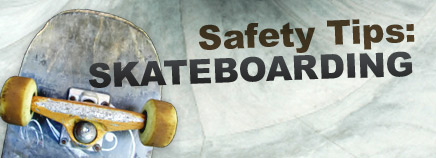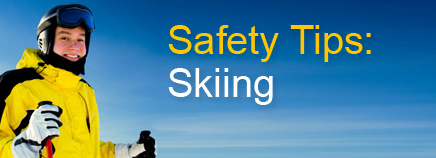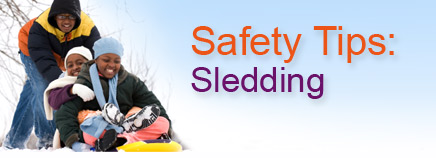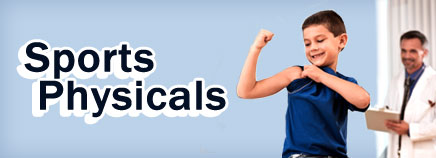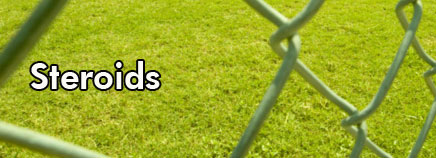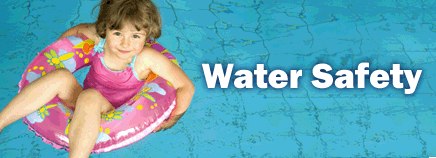Skateboarding’s popularity has soared in the last few decades, and offshoots like longboarding and mountain-boarding are becoming more common. But skateboarding also can be an easy way for kids to get hurt, particularly if they skate in the wrong place or don’t wear protective gear. Scrapes and bruises are almost a …
Safety Tips: Skiing
Flying effortlessly down a snow-covered slope, feeling the wind in your face and soaking up the beautiful mountain scenery — there’s a lot to love about skiing. It’s a sport that kids can learn at a young age and continue doing for the rest of their lives, and it can …
Safety Tips: Sledding
Sledding with friends and family members has been a winter ritual for generations. Anywhere there’s snow and a hillside, you can find people sledding. You probably went sledding as a kid, and you’ll want to share this fun activity with your kids. But sledding can also cause injuries, some of …
Safety Tips: Snowboarding
Like surfing down a frozen white wave, snowboarding is a great way for kids to have fun and get exercise during those cold winter months. It’s relatively easy to learn, and it can take them to some of the most spectacular places on Earth. But snowboarding can also present some …
Sports Physicals
You know that playing sports helps keep kids fit and are a fun way for them to socialize and make friends. But you might not know why it’s so important for kids to get a sports physical at the beginning of their sports season. About Sports Physicals In the sports …
Steroids
Stories about athletes and steroids seem to pop up regularly in the news. Some professional baseball players, cyclists, and track stars have been accused of — and in some cases have admitted to — using steroids to give them an edge competitively. And steroid use has trickled down to younger …
Water Safety
Pools, lakes, ponds, and beaches mean summer fun and cool relief from hot weather. But water also can be dangerous for kids if parents don’t take the proper precautions. Nearly 1,000 kids die each year by drowning. And most drownings happen in home swimming pools. It is the second leading …

